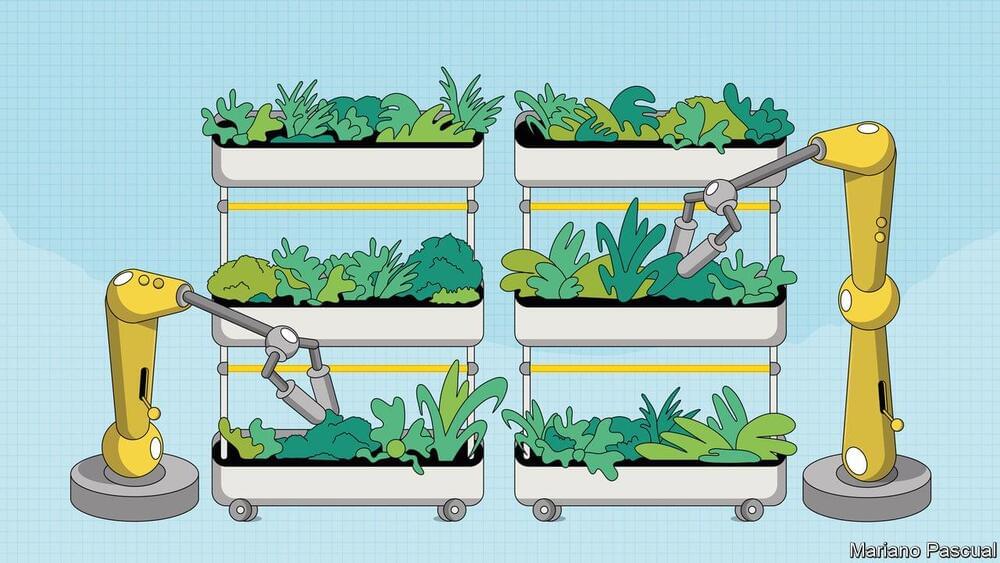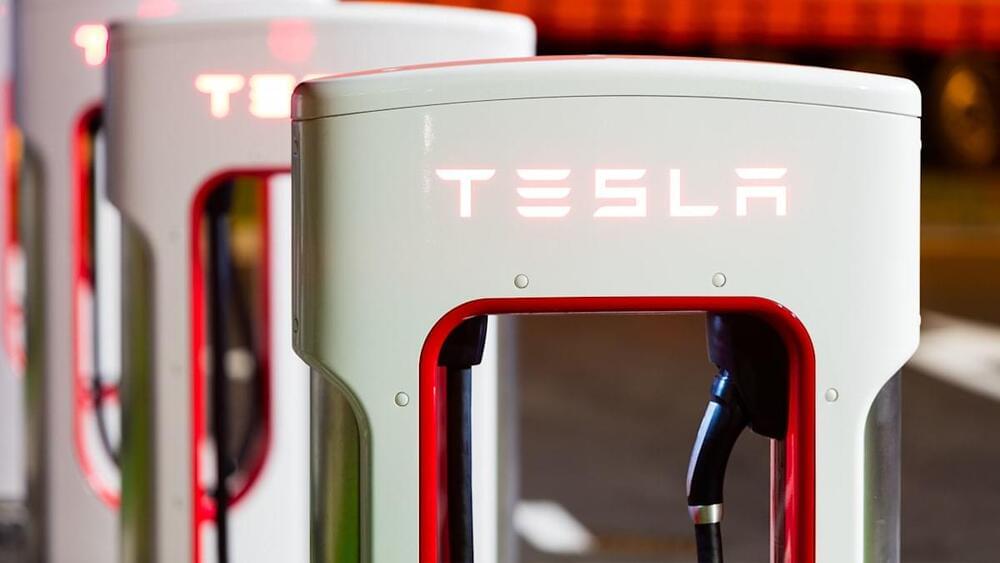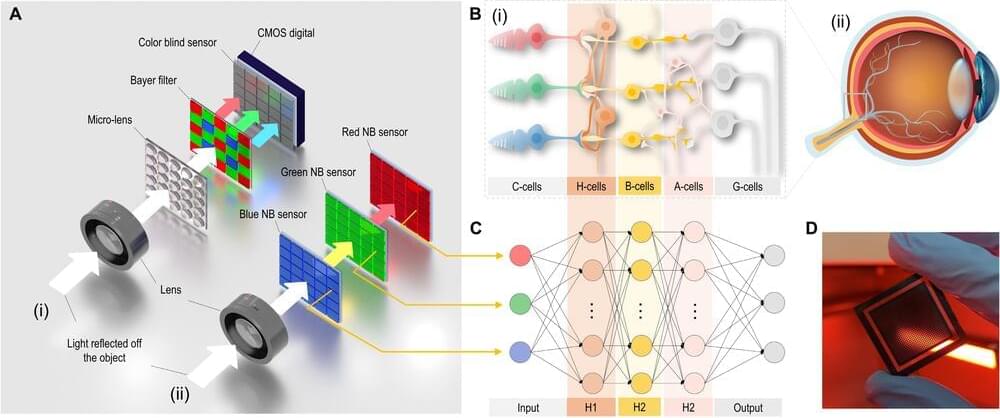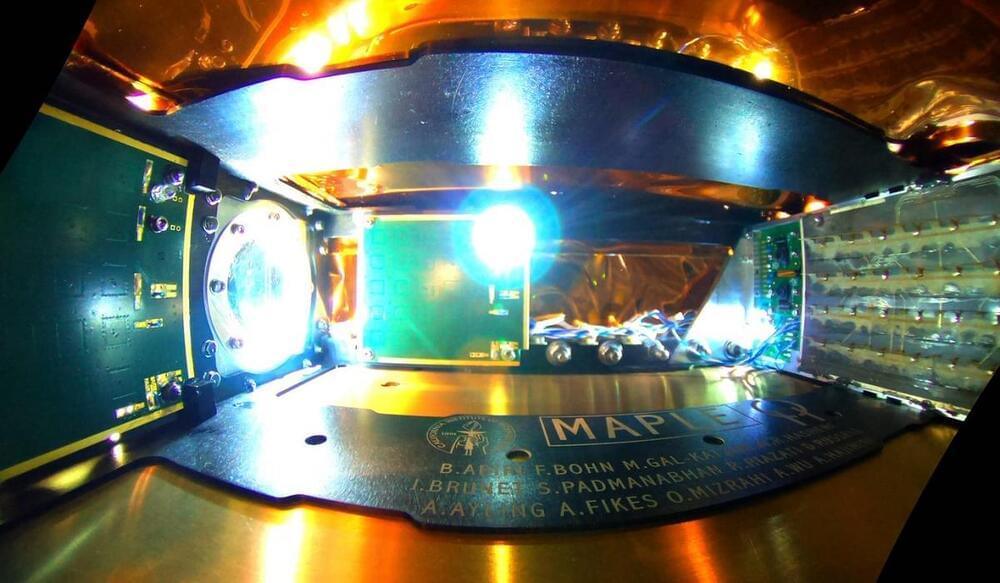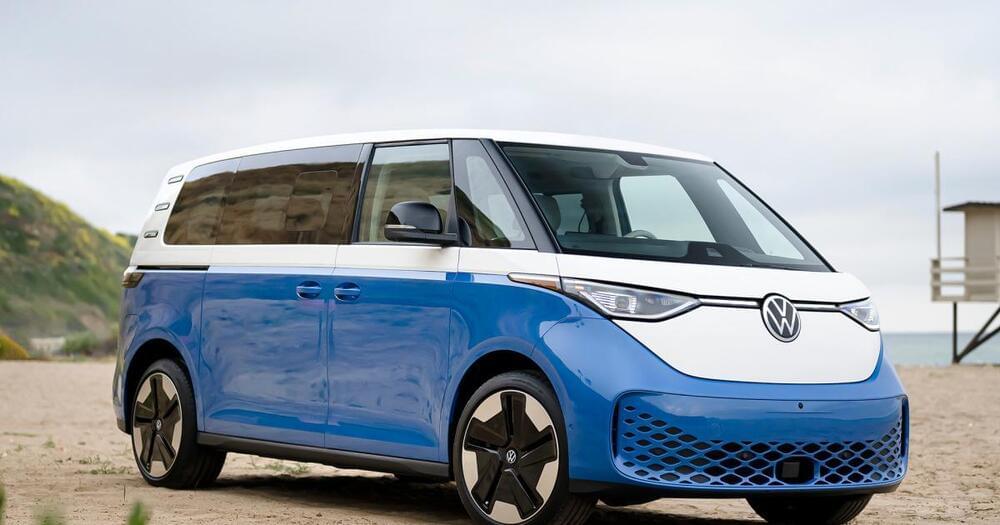Archive for the ‘sustainability’ category: Page 145
Jun 4, 2023
A shocking number of birds are in trouble
Posted by Michael Taylor in categories: food, sustainability
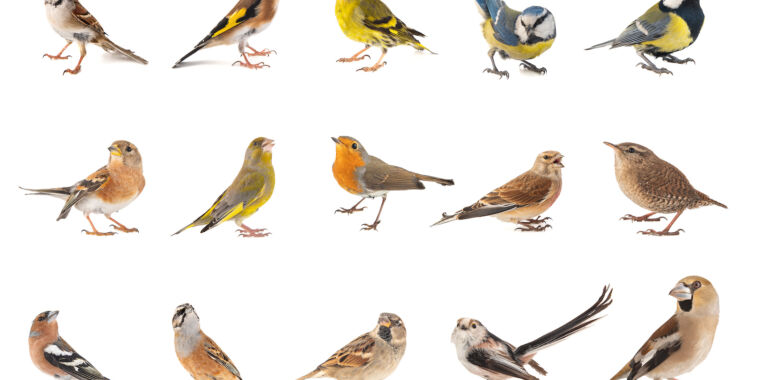 Just about anywhere you look, there are birds. Penguins live in Antarctica, ptarmigan in the Arctic Circle. Rüppell’s vultures soar higher than Mt. Everest. Emperor penguins dive deeper than 1,800 feet. There are birds on mountains, birds in cities, birds in deserts, birds in oceans, birds on farm fields, and birds in parking lots.
Just about anywhere you look, there are birds. Penguins live in Antarctica, ptarmigan in the Arctic Circle. Rüppell’s vultures soar higher than Mt. Everest. Emperor penguins dive deeper than 1,800 feet. There are birds on mountains, birds in cities, birds in deserts, birds in oceans, birds on farm fields, and birds in parking lots.
Given their ubiquity—and the enjoyment many people get from seeing and cataloging them—birds offer something that sets them apart from other creatures: an abundance of data. Birds are active year-round, they come in many shapes and colors, and they are relatively simple to identify and appealing to observe. Every year around the world, amateur birdwatchers record millions of sightings in databases that are available for analysis.
All that monitoring has revealed some sobering trends. Over the last 50 years, North America has lost a third of its birds, studies suggest, and most bird species are in decline. Because birds are indicators of environmental integrity and of how other, less scrutinized species are doing, data like these should be a call to action, says Peter Marra, a conservation biologist and dean of Georgetown University’s Earth Commons Institute. “If our birds are disappearing, then we’re cutting the legs off beneath us,” he says. “We’re destroying the environment that we depend on.”
Jun 4, 2023
Discovery in Pacific coral reefs suggests Earth’s microbial diversity may be underestimated
Posted by Genevieve Klien in categories: biological, sustainability
A two-year expedition to coral reefs in the Pacific Ocean detected half a million types of microbes, the latest estimate in the quest to quantify the planet’s microbiome.
The big picture: There is intense debate among scientists about how many different types of bacteria and other microorganisms live on Earth — information that could aid conservation of species and fragile ecosystems brimming with biodiversity.
Jun 4, 2023
Tesla files patent for 1 million mile battery component
Posted by Quinn Sena in category: sustainability
Year 2020 face_with_colon_three
A new electrode design could form part of a battery able to last more than 4,000 charge cycles.
Jun 4, 2023
Scientists Successfully Transmit Space-Based Solar Power to Earth for the First Time
Posted by Paul Battista in categories: solar power, space, sustainability
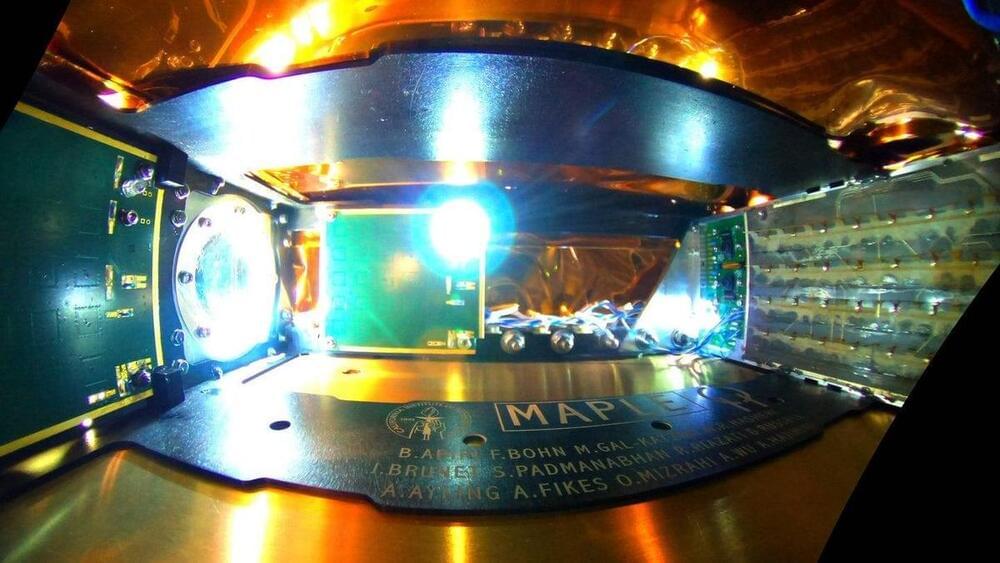
Caltech’s recent breakthrough has moved us closer to achieving the transformative potential of space-based solar power.
Jun 4, 2023
Perovskite Sensor Array Emulates Human Retina For Panchromatic Imaging
Posted by Jose Ruben Rodriguez Fuentes in categories: biological, information science, life extension, robotics/AI, solar power, sustainability
The mammalian retina is a complex system consisting out of cones (for color) and rods (for peripheral monochrome) that provide the raw image data which is then processed into successive layers of neurons before this preprocessed data is sent via the optical nerve to the brain’s visual cortex. In order to emulate this system as closely as possible, researchers at Penn State University have created a system that uses perovskite (methylammonium lead bromide, MAPbX3) RGB photodetectors and a neuromorphic processing algorithm that performs similar processing as the biological retina.
Panchromatic imaging is defined as being ‘sensitive to light of all colors in the visible spectrum’, which in imaging means enhancing the monochromatic (e.g. RGB) channels using panchromatic (intensity, not frequency) data. For the retina this means that the incoming light is not merely used to determine the separate colors, but also the intensity, which is what underlies the wide dynamic range of the Mark I eyeball. In this experiment, layers of these MAPbX3 (X being Cl, Br, I or combination thereof) perovskites formed stacked RGB sensors.
The output of these sensor layers was then processed in a pretrained convolutional neural network, to generate the final, panchromatic image which could then be used for a wide range of purposes. Some applications noted by the researchers include new types of digital cameras, as well as artificial retinas, limited mostly by how well the perovskite layers scale in resolution, and their longevity, which is a long-standing issue with perovskites. Another possibility raised is that of powering at least part of the system using the energy collected by the perovskite layers, akin to proposed perovskite-based solar panels.
Jun 4, 2023
Flexible and multiple uses of existing space
Posted by Shubham Ghosh Roy in categories: solar power, space, sustainability
Researchers not only want to further develop printable solar cells technologically. Rather, they want to provide solutions with them in order to implement different application variants.
Jun 3, 2023
Satellite Beams Solar Power Down to Earth Using Microwave Transmitter
Posted by Genevieve Klien in categories: solar power, sustainability
Scientists say they’ve successfully transmitted solar energy gathered in orbit down to the Earth’s surface.
Jun 2, 2023
VW unveils the larger ID.Buzz electric van headed to North America
Posted by Shailesh Prasad in categories: mobile phones, sustainability, transportation
Volkswagen has finally unveiled the version of the ID.Buzz electric van that’s destined for North America, and there’s more to it than you might think. The three-row design with two extra seats is clearly the main draw for roadtrippers and growing families, but this isn’t just a stretched version of the modern Microbus. It boasts a larger 91kWh battery (versus 82kWh for the two-row), a more powerful 282HP motor for the rear-wheel drive trim (versus 201HP) and a higher 99MPH top speed (versus 90MPH). While there are no range estimates yet, there will also be an optional all-wheel drive configuration with a 330HP dual-motor system.
The interior tech hasn’t changed much from the two-row model, although that’s not necessarily a bad thing. You’ll still face a 5.3-inch digital instrument cluster and a 12.9-inch infotainment display. The larger ID.Buzz now has the easier-to-use interface from the ID.7, though, and you’ll find a total of eight USB-C ports — helpful when friends in the back want to charge their phones. The three-row EV also comes standard with Level 2 driver assistance (including lane centering), and the customizable cabin lighting doubles as a status indicator for everything from charging levels to navigation directions.
The North American van also touts the largest panoramic roof of any car in the VW group at 67.4 inches long, and uses electrochromic glass to turn opaque when it’s not needed. You’ll also find a 110V outlet under the passenger seat area, and a 12V port in the cargo space can charge more of your gear. A nine-speaker audio system is standard, but you can upgrade to a 14-speaker Harman Kardon unit.
Jun 2, 2023
A new method to make high-performance magnets could minimize our reliance on rare earth elements
Posted by Shailesh Prasad in categories: economics, sustainability, transportation
Wikimedia Commons.
These high-performance magnets, used in wind turbines and electric vehicles, are vital for building a zero-carbon economy. Currently, the best permanent magnets available require rare earth elements.
